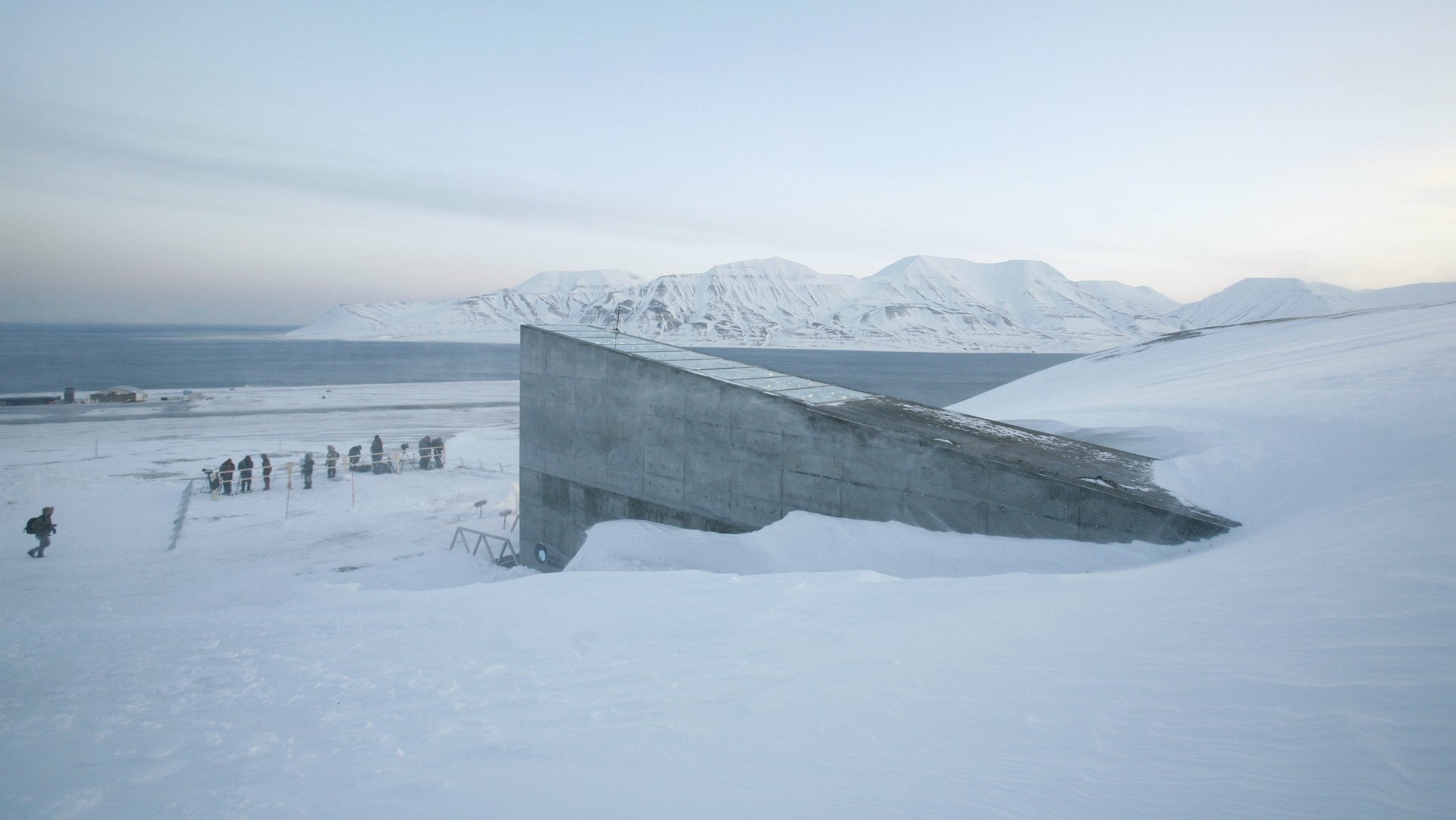The Syrian war is prompting the first-ever withdrawal from the doomsday seed vault
First built in 2008, the Global Seed Vault sits on a remote island between mainland Norway and the North Pole and acts an insurance against any dramatic loss of worldwide crop diversity from natural or manmade disasters.


First built in 2008, the Global Seed Vault sits on a remote island between mainland Norway and the North Pole and acts an insurance against any dramatic loss of worldwide crop diversity from natural or manmade disasters.
It’s been built to withstand even a nuclear war, but it’s the devastating impact of the Syrian conflict that has prompted researchers to request the first withdrawal ever from the vault to replace seeds that have been destroyed in its old, now-damaged headquarters.
The International Center for Agricultural Research in Dry Areas (ICARDA) is one of 11 specialized seed banks tasked with preserving the biodiversity of the world’s crops.
Researchers from ICARDA had to move their headquarters from Aleppo in Syria to Beirut in Lebanon in 2012 as a result of the Syrian conflict. ICARDA researchers had previously deposited 80% of their collection into the Global Seed Vault and now want to withdraw nearly 130 out of 325 sample boxes, according to Reuters. The samples will be sent to ICARDIA’s new headquarters once all the paperwork is completed.
The center was was awarded the Gregor Mendel Innovation Prize earlier this year for quickly responding to the fighting in Syria and successfully duplicating almost their entire collection.
Designed to conserve what it describes as “one of the most important natural resources on earth,” the Global Seed Vault has the capacity to store 4.5 million samples and currently holds more than 860,000 samples from crops found in almost every country—making it the most diverse collection of food crops in the world. The location of the vault means it’s not easily accessible, the permafrost ensures the seed samples will remain frozen even without power, and its above sea level so it’s not vulnerable to flooding.